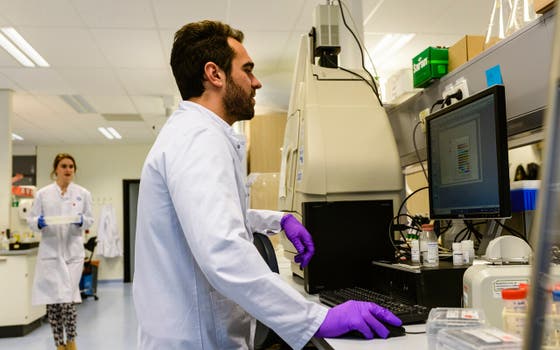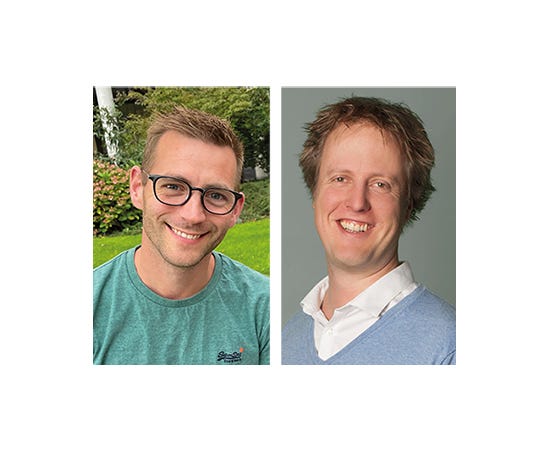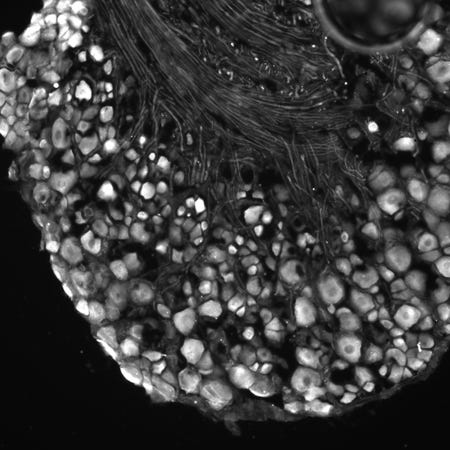Grant for research into chronic pain

Researchers Niels Eijkelkamp and Michiel van der Vlist of UMC Utrecht have received an 'ENW-M-2 grant' of over 700,000 euros from the Netherlands Organization for Scientific Research (NWO). They will use this money to study how the body switches off inflammatory pain. Thus, they hope to understand what goes wrong in people with chronic pain that does not go away. Their ultimate, long-term goal is to find new treatments for chronic pain.
Pain after inflammation or tissue damage usually disappears over time. But in a fairly large proportion of patients with inflammatory diseases, it does not. They continue to suffer from pain even after the inflammation has disappeared. In total, as many as one in five people have chronic pain. A large proportion of them suffer from an inflammatory disease, such as rheumatoid arthritis, osteoarthritis, or an inflammatory bowel disease (such as Crohn's disease). To develop new treatments for this type of persistent pain, experts must first have a good understanding of how inflammatory pain normally develops. And more importantly, how this type of pain goes away again.
Releasing energy factories
The research group of Dr. Niels Eijkelkamp at the Center for Translational Immunology (CTI) has been trying to understand how (chronic) pain works for some time. At the end of last year, his research group, together with Prof. Linde Meyaard's group, published a scientific paper on the role that macrophages play in pain.
Macrophages are immune cells that attack and eat pathogens. ‘For some time now, we have known that these cells have many more tasks,’ Eijkelkamp explains. ‘They also play a role in eliminating pain.’ The researchers discovered that macrophages can deliver mitochondria (the cell's ‘energy factories’) to nerve cells. These nerve cells transmit pain signals from the inflamed tissue, which is why a person feels pain. ‘We found that this release of mitochondria helps stop the pain,’ Eijkelkamp said.
Answering questions
How this works? Unfortunately, that is not yet clear. Eijkelkamp: ‘As you often see in scientific research, our study has also raised questions.’ With the money that NWO has now made available, the pain expert can take the next step. He will do lab research with immunologist Dr. Michiel van der Vlist, who knows a lot about the immune system (macrophages).
The two experts hope to better understand how the nervous system and the immune system talk to one another. They will achieve this by answering several questions. Questions such as: how do nerve cells attract macrophages that can expel pain? What causes macrophages to turn off pain? And what exactly changes in nerve cells when they receive mitochondria (the ‘energy factories’) from macrophages?
By answering these questions, eventually the researchers hope to better understand how pain dissipates after inflammation. ‘We can use that knowledge to develop new treatments for chronic pain,’ says Van der Vlist. ‘How wonderful would it be if one day we could help 1.5 billion people get rid of their chronic pain?’


